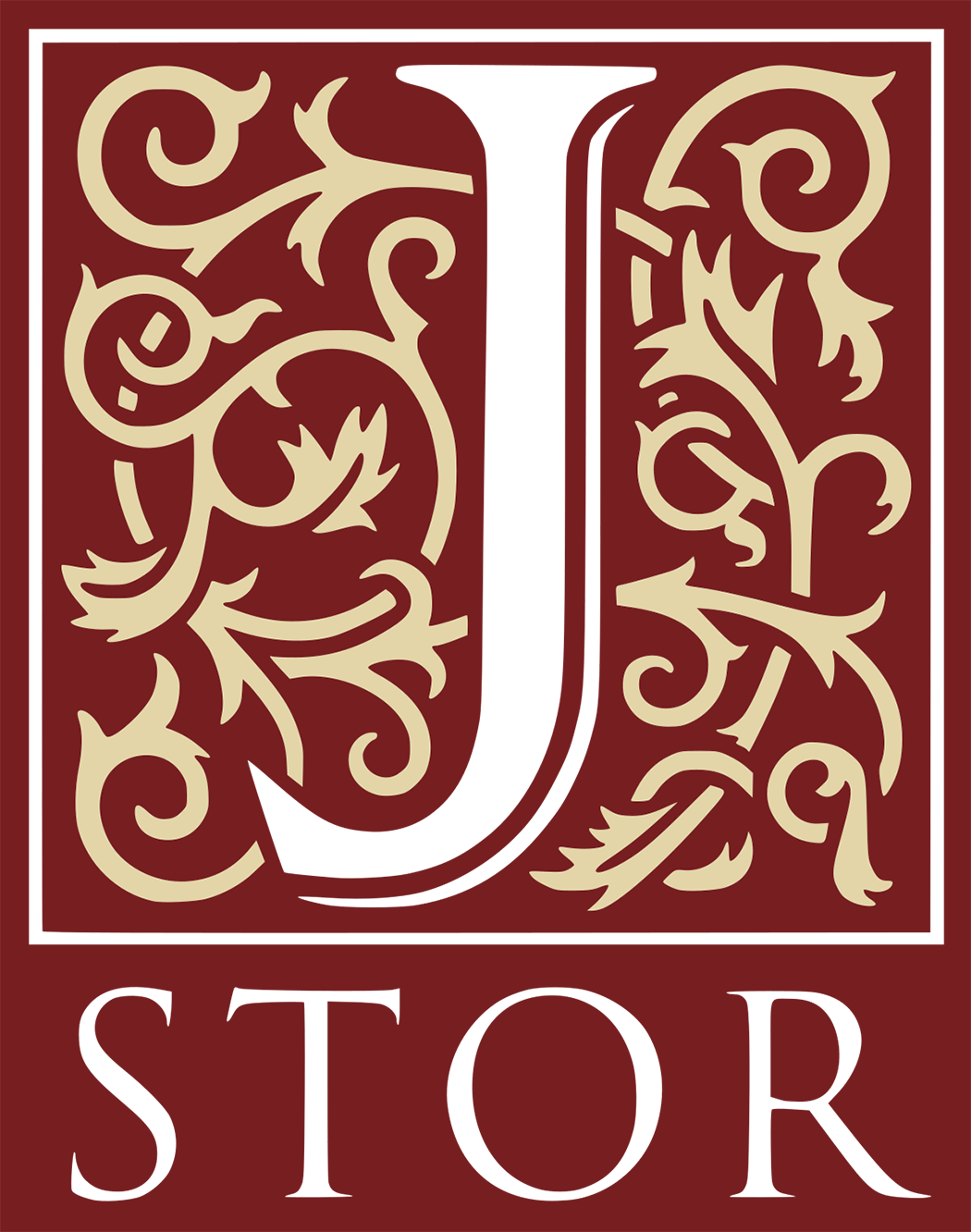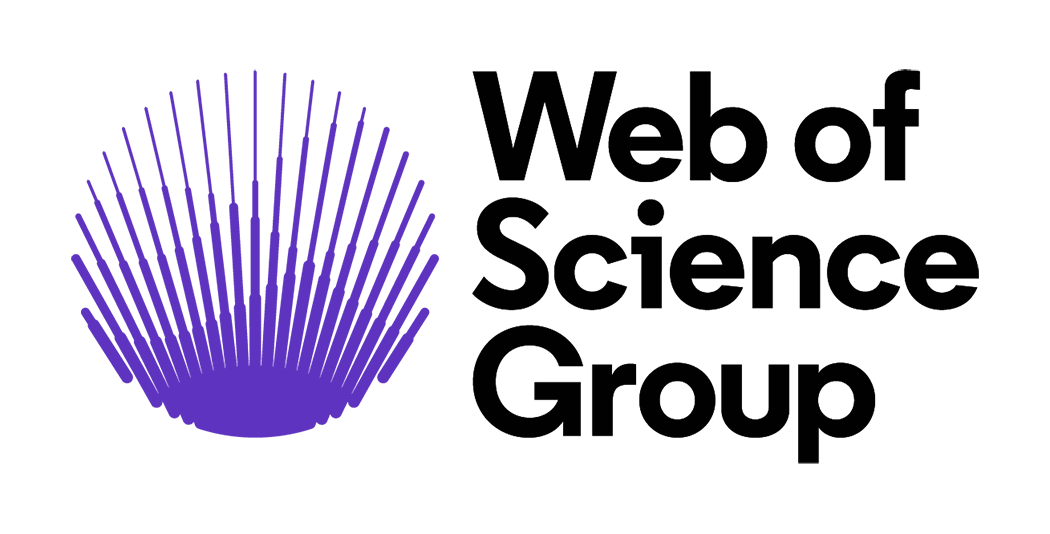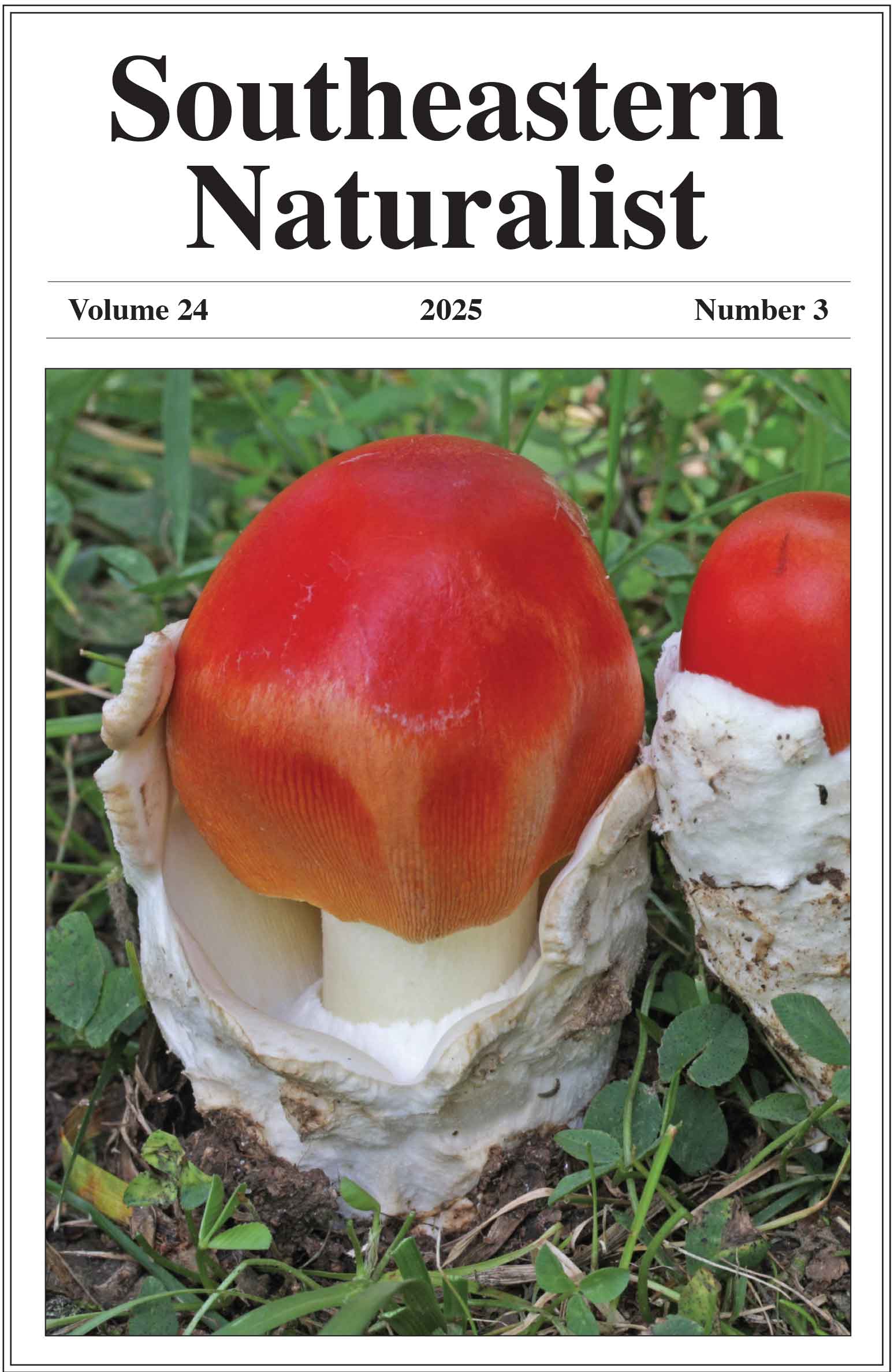First Observation of Sea Stars (Luidia senegalensis) in Florida with Sea Star Wasting Disease
Alexander S. Romer1,*, Ericka E. Helmick2, Brian W. Bahder2, Alex Grimsley1, Eric Suarez1, Melissa A. Miller1, and Frank J. Mazzotti1
1University of Florida, Department of Wildlife Ecology and Conservation, Fort Lauderdale Research and Education Center, 3205 College Avenue, Davie, FL 33314. 2University of Florida, Department of Entomology and Nematology, Fort Lauderdale Research and Education Center, 3205 College Avenue, Davie, FL 33314. *Corresponding author.
Southeastern Naturalist, Volume 24, Issue 2 (2025): N23–N27
First published early online: 16 June 2025
Abstract
We observed a sea-star mortality event with gross signs diagnostic of sea star wasting disease (SSWD) on 6–7 July 2024 at John D. MacArthur Beach State Park. The event affected Luidia senegalensis (Nine-Armed Sea Star), which displayed gross pathological signs associated with SSWD: lesions, limb curling, and body fragmentation. While limb autotomy is relatively common in Luidia spp., its co-occurrence with necrotic lesions, deflation, and rapid disintegration meets the typical morphological criteria for SSWD. To our knowledge, this is the first documented case of SSWD in Nine-Armed Sea Star and the first in Florida. Environmental stressors, such as elevated sea-surface temperatures (+1.1°C anomaly), low tides, and stormwater runoff, may have contributed to the event. Nine-Armed Sea Stars play a critical role in sediment turnover and benthic trophic dynamics, and population declines could disrupt these processes. This outbreak expands the known host and geographic range of SSWD and underscores the importance of population health monitoring in subtropical marine invertebrates.
![]() Download Full-text pdf (Accessible only to subscribers. To subscribe click here.)
Download Full-text pdf (Accessible only to subscribers. To subscribe click here.)
Access Journal Content
Open access browsing of table of contents and abstract pages. Full text pdfs available for download for subscribers.
Issue-in-Progress: Vol. 24( 4) ... early view
Check out SENA's latest Monograph and current Special Issue in progress:













 The Southeastern Naturalist is a peer-reviewed journal that covers all aspects of natural history within the southeastern United States. We welcome research articles, summary review papers, and observational notes.
The Southeastern Naturalist is a peer-reviewed journal that covers all aspects of natural history within the southeastern United States. We welcome research articles, summary review papers, and observational notes.